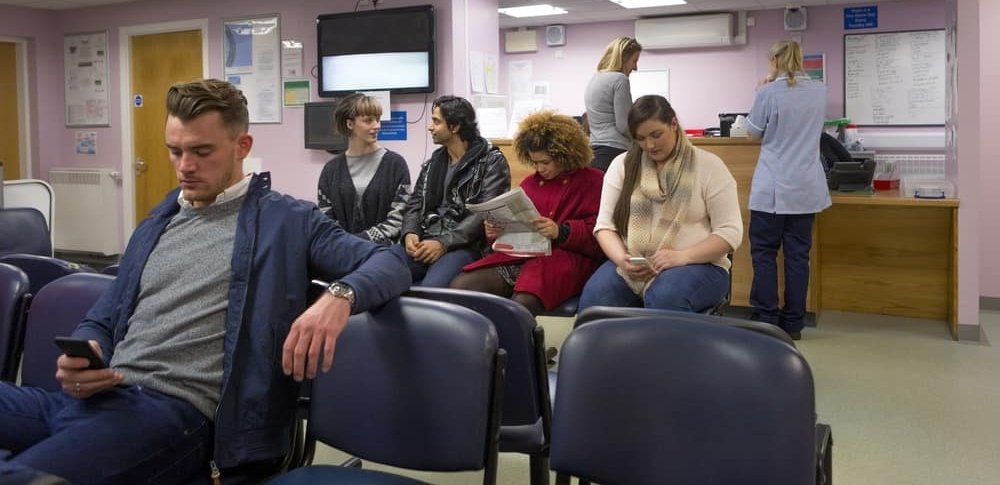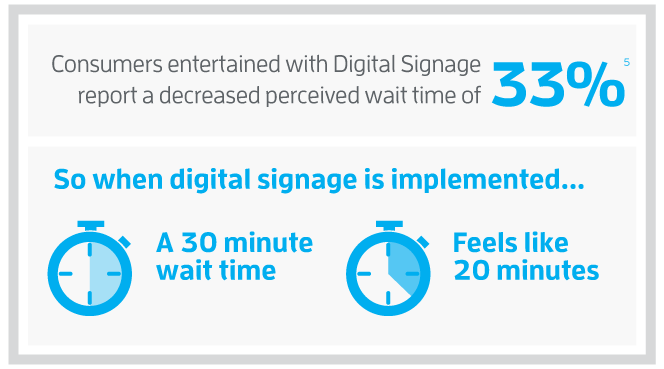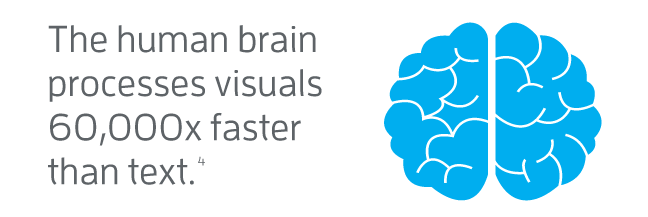
No one likes sitting uncomfortably in a room waiting for your name to be called. It’s boring. It’s annoying. It feels like a big waste of time, and just about everyone agrees on that.
According to a report by Software Advice, 97% of patients are frustrated by long wait times at a doctor’s office. Almost all patients feel like they spend too much time in a waiting room. Yet, it happens in most healthcare offices.
The Problem with Patient Wait Times
It’s no secret that patients usually have to wait before their healthcare appointments.
The national average for wait times in doctor’s offices in 2015 was about 19 minutes. Patients regularly wait almost 20 minutes per appointment, and as the first stat above shows, people aren’t happy about it.
So, as a healthcare provider or office manager, what do you do about it? If you’re working to decrease actual wait times and expedite each appointment so you can see your patients faster, that’s great. But, did you know you could satisfy waiting customers and make them feel less frustrated by their wait without any actual improvements in wait time? You do this by making improvements in your patients’ percieved wait time.
Perceived Patient Wait Time
The actual wait time that patients experience at an office is the precise duration of time during the wait. Then, there is the perceived wait time which is how long a patient will report that the wait feels.
Actual wait time and perceived wait time are often different depending on the environment. If the environment is engaging and entertaining, the wait will feel shorter to the person. If the environment is boring and uneventful, the wait will feel longer.
So, even if you have short actual wait times at your office, the perceived wait time also matters. Because even if your wait times are short, they may feel long to patients.
Why Is Perceived Wait Time Different from Actual Wait Time?
As author David Maister wrote in The Psychology of Waiting Lines, “Boredom results from being attentive to the passage of time itself. A more colloquial version might be ‘A watched pot never boils’.” Occupied time feels shorter than unoccupied time.
When people are left with nothing to do, time seems to pass more slowly. However, an engaging experience that holds a person’s attention makes them feel as though time is passing more quickly.
You always want your patients’ wait to feel shorter that it actually is — even if it is already relatively short. So you must provide a waiting room experience that is entertaining and engaging. One way to decrease perceived patient wait time is by using digital signage.
How to Decrease Perceived Patient Wait Time
A report by Retail Business Development found that when guests are presented with digital signage in a waiting room, their wait feels up to 33% shorter.
Digital signage is a display screen that shares media and conveys information through content such as:
- Custom Videos: clips created specifically for an office or specialty
- Private Label Television: a customized programming list of national TV shows and premade video clips
- Live Cable Pass Thru: regular cable programming featuring branded frames around the main content

As shown above, when this type of content is presented, digital signage makes a patient’s 30-minute wait feel like a 20-minute wait.
Digital signage is proven to effectively decrease perceived patient wait time. The patient wait time seems shorter because guests are being entertained. A survey from Online Testing eXchange found that 70% of consumers agree that digital signage is entertaining.
The platform provides distracting entertainment that makes time feel like it is moving more quickly, and provides a better overall experience for patients because it:
- Targets your ideal audience. You control the content, so it is catered directly to your patient’s interests.
- Decreases anxiety and stress. It takes a patient’s mind off of why they are in the office or facility.
- Delivers educational and meaningful content. It shares vital information that resonates with patients.
- Matches your facility’s standards. Because you control the programming, it always fits your audience’s values and does not include inappropriate content.
- Matches your facility’s brand identity. On-screen branding always fits with your organization’s overall look and messaging.
- Offers fresh and relevant content. Digital signage content is easy to revise and update so only your most current video clips and messages are shared with visitors.
- Sets your facility apart from competitors. Patients prefer facilities that provide a comfortable, elevated experience. By providing a setting that will decrease perceived patient wait time, you stand out from other offices that have waits that feel longer.

We know that no one likes to sit in waiting room. If the wait is long or even if the wait feels long, that frustration is exacerbated. It leads patients and guests to feel unhappy and unsatisfied even before their appointment has started. If your medical or dental practice uses the Consumer Assessment of Healthcare Providers and Systems (CAHPS) survey, frustration from the waiting room can carryover to a patient’s overall evaluation of their visit.
Don’t let a negative waiting room experience outweigh the positive aspects of your clinical care.
So, it’s time to take a look at the wait times in your office. Even if your wait times are reasonable, you need to implement tools that make that wait feel even shorter. You don’t want your guests to think their wait is longer than it actually is. You want to decrease perceived patient wait time so their wait feels as short, comfortable, and relaxed as possible.
Are you ready to decrease the perceived patient wait time at your practice?
Learn more about the power and possibilities of digital signage by scheduling a free consultation. During the call, a Spectrio specialist will answer all of your questions about bringing high-quality entertainment into your medical or dental waiting room.
